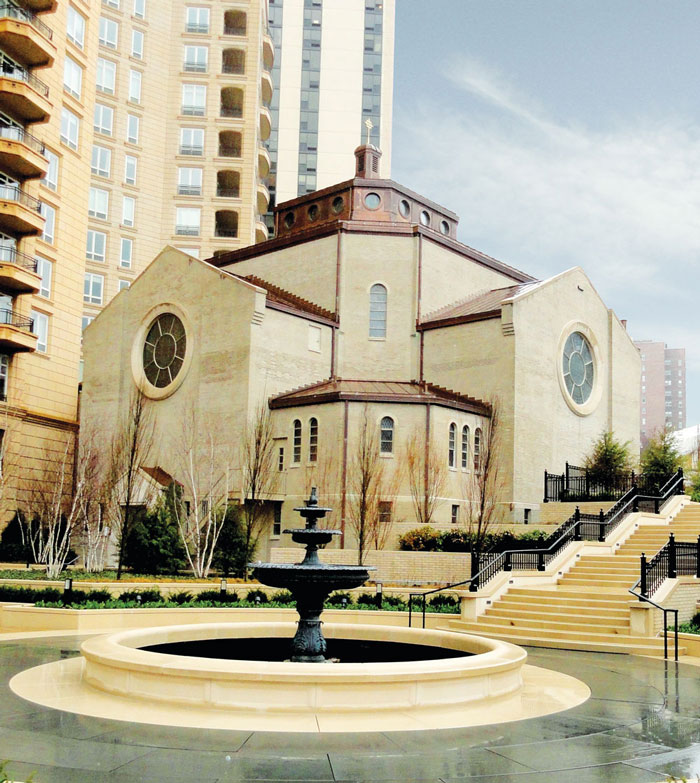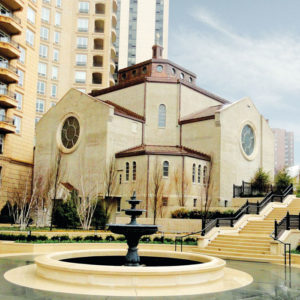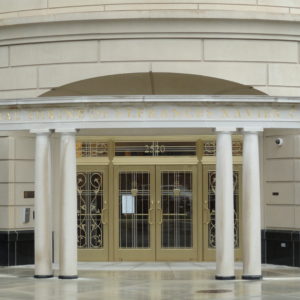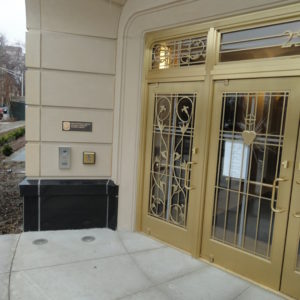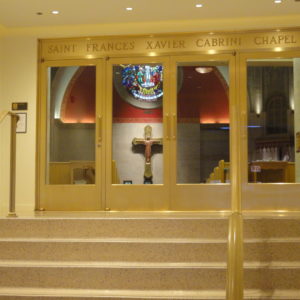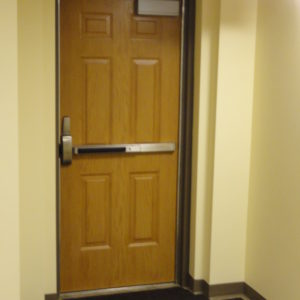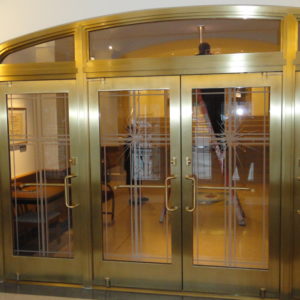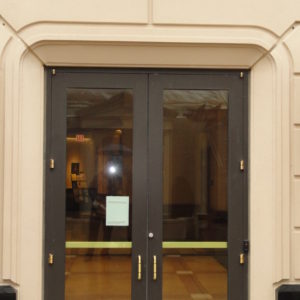Summary:
We designed a security, access control and video surveillance system to accommodate the expansion and renovation of a religious sanctuary. LaForce’s team included Architectural Services, Electronic Security Systems, and Building Products Consultants. We worked closely with the architects to develop a customized solution that fulfilled security requirements while preserving historical beauty.
History:
Mother Frances Cabrini (1850-1917), an Italian-American religious sister and saint, founded Columbus Hospital in Chicago, in addition to 66 other schools, hospitals, and orphanages around the world. Mother Cabrini died inside the hospital’s convent, which later became a popular pilgrimage site. In 1955, the Chicago Archbishop constructed a chapel to honor Mother Cabrini. After the hospital closed in 2002, Mother Cabrini’s religious order – The Missionary Sisters of the Sacred Heart of Jesus – preserved her artifacts and had them moved to the National Shrine of St. Frances Xavier Cabrini (2520 N. Lakeview Ave). They had the surrounding area renovated to become a standalone center for prayer, education and worship. The Shrine’s renovations, in addition to new high-rise condominiums where the hospital once stood, have revitalized the Lincoln Park neighborhood.
Challenges:
In 2012, the newly renovated and nationally recognized Shrine needed a new security and access control system, to preserve Mother Cabrini’s historical artifacts and to protect the Sisters and visitors. LaForce faced three main challenges in developing this system:
- The new security system could not distract from the original elements of the existing chapel, including drywall and plastered walls with painted murals, marble fixtures, brass-finished doors and terrazzo flooring.
- The system’s wiring needed to travel an indirect route from a control station to each of the individual system elements, without damaging the existing décor and intact chapel walls.
- The security devices, access control elements and a video surveillance system needed to be user-friendly.
Solution:
A single system would not satisfy all three challenges, so we provided a customized solution for the Shrine. First, we adapted the access control cabinet to centralize the electronically-controlled components. This also kept the high-tech equipment out of sight and offered improved entry control for the building’s primary public entrance.
Next, the security system’s low-voltage wiring installation needed to accommodate the original interior. The project’s general contractor and electrical contractor installed blue metallic conduit pipes within the walls that were designed solely for the access control and security system’s cabling. This allowed for clear identification and an efficient installation of the low-voltage communication, access control, and security system.
Finally, we installed three security systems: Eleven exterior and interior access control openings (controlled by Vanderbilt Industries Bright Blue System), a small Aiphone video intercom system at the main entrance of the new vestibule, and a Bosch video surveillance system, which included nine interior mini-dome cameras. We installed seven of the surveillance cameras in administrative areas, conferences rooms, and the new museum. We placed two of the mini-dome cameras directly inside the historical chapel itself. The mini-dome design allowed for the cameras to be camouflaged within chapel. We also provided hands-on user training of the three integrated systems.
The entrance doors of the new vestibule had brass-finished doors. To provide security, we installed a surface-mounted Aiphone intercom station. It features a built-in video camera with live visual presentation and an embedded card reader.
Conclusion:
This project took over a year to design and develop. In the end, the Sisters became self-sufficient in using the system and they were very pleased with the end result. LaForce is proud to have developed a customized system that provided security without distracting from historical significance.
“We are very pleased with our security system here at the National Shrine of Saint Frances Xavier Cabrini. The security cameras and key card system enable our staff to feel safe and secure. The installation team was wonderful to work with, and helped us to understand how to manage the system. Thanks to all for being a part of the great re-opening of the National Shrine!”
– Elaine P. Lindia, Shrine Program Coordinator and Sister Bridget Zanin, Shrine Director


